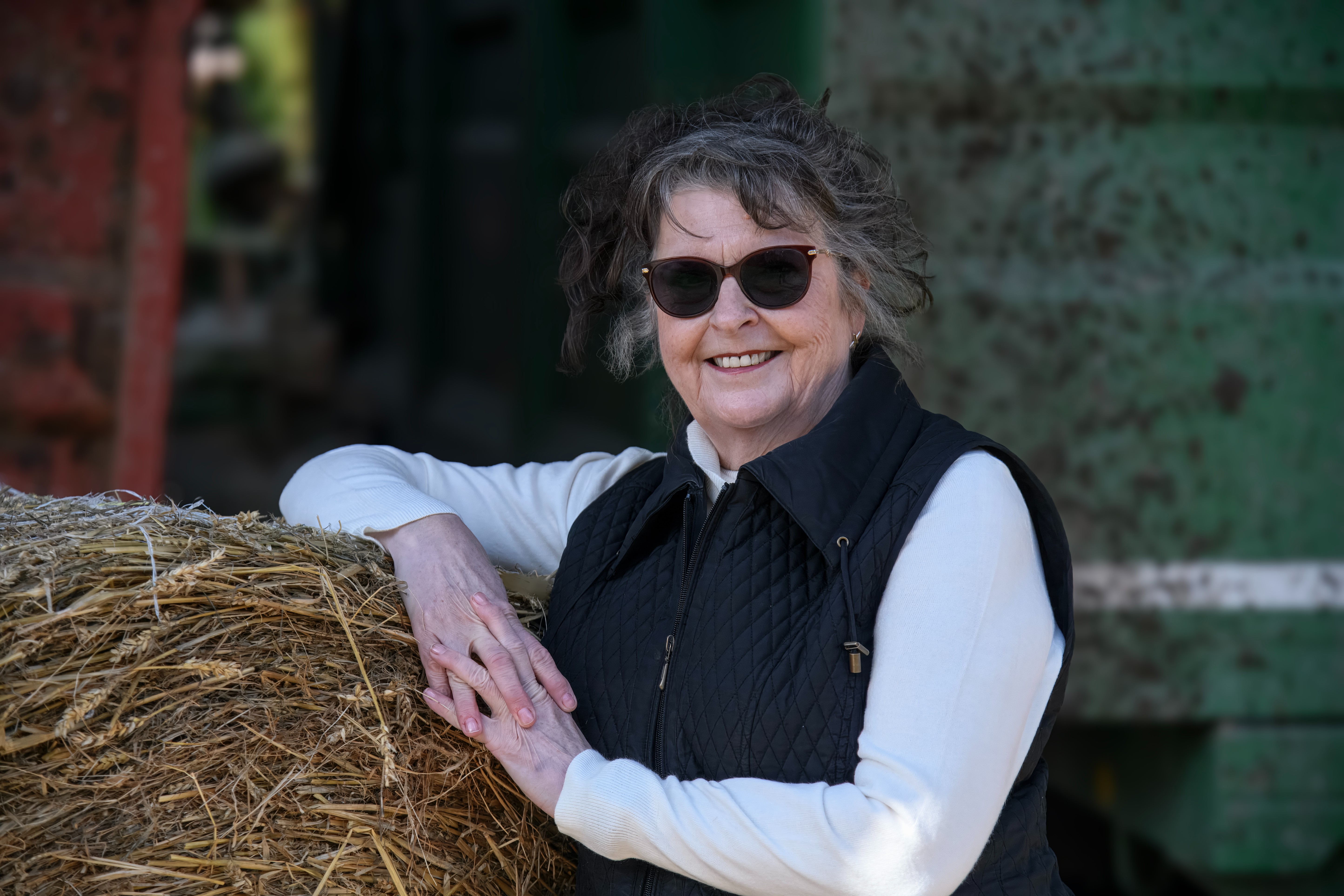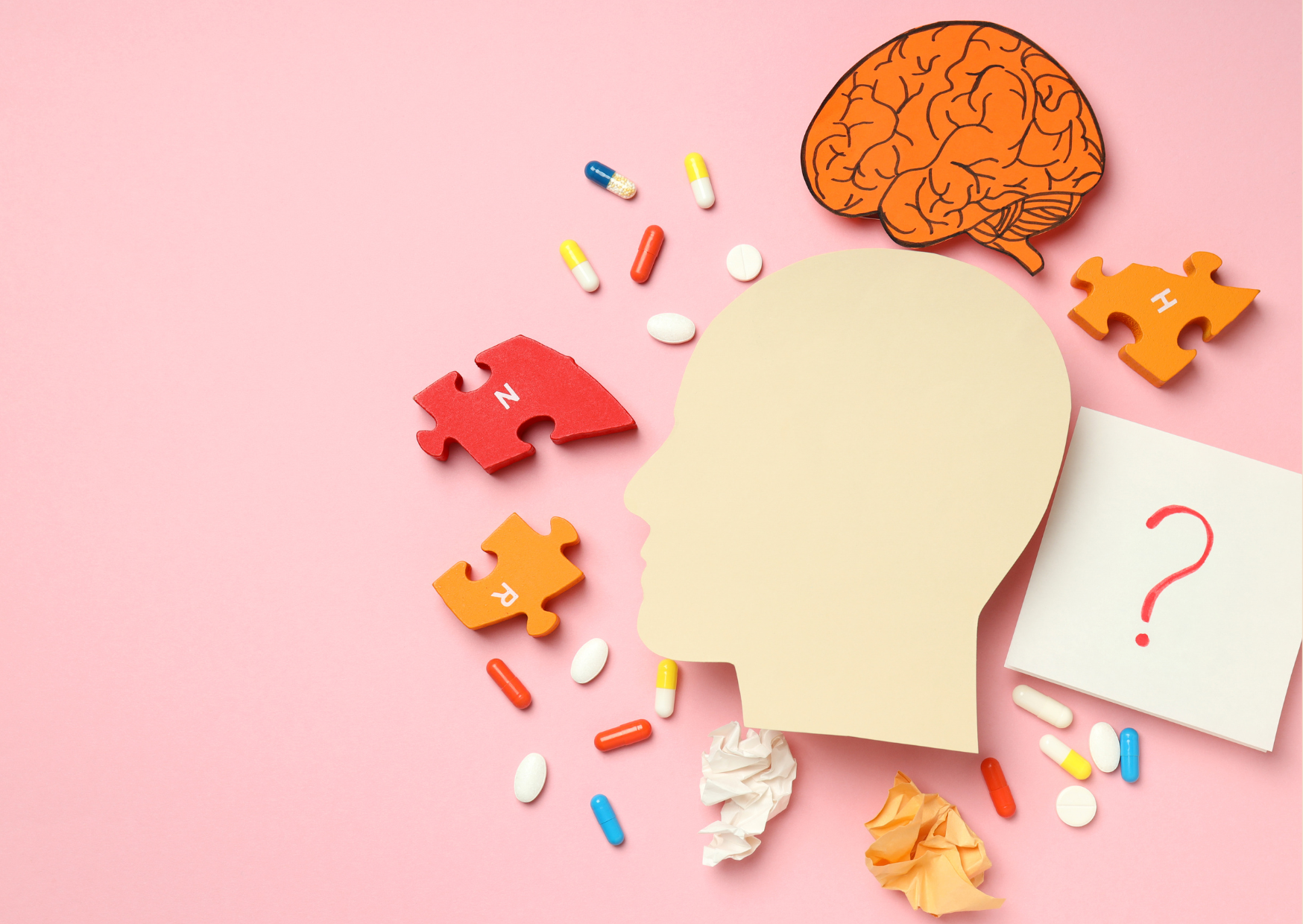Dementia together magazine is here for anyone affected by the condition – people with dementia as well as their carers, family and friends. Too often, a dementia diagnosis brings isolation and uncertainty. The magazine helps people to feel connected and understood. Our articles provide hope and ideas for people to improve their own and others’ lives, and our surveys tell us they act on what they read in the magazine. Whatever expertise and knowledge we have at Alzheimer’s Society, this kind of impact is only possible by involving and learning from people with lived experience of dementia.
Dementia together comes out every two months. In every issue, people affected by dementia are front and centre. We work with them to share their stories and opinions, and we feature their feedback on everything from books to assistive products. Three years ago, we knew it was time to take our involvement of people with lived experience to the next level. We wanted to bring people into the magazine’s planning, to shape what it contains and how it looks from the outset. We wanted to do this in a way that was inclusive and meaningful for the people involved, and that also had a positive impact for our readers.
We decided to involve people in a pilot project to co-produce a special issue of the magazine with us.
Co-producing special issues
We recruited people to join the pilot project and created a panel of people with dementia and carers with a mix of experiences and backgrounds, reflecting our range of readers. They also had experience of various kinds of co-production, so they could bring additional insight into how well we were doing.
We worked together for over six months, and the result was the August/September 2023 magazine. This included a survey for readers, with questions that allowed us to compare results with previous surveys. Not only was the process a success for everyone involved, it also had a measurable impact for our readers. The readers of the co-produced issue said that they felt better understood, connected and informed. The group’s ideas have had a lasting effect on our content too.
It was exciting to see the eventual magazine, but I think the biggest joy I got was designing the process. The fact that a disparate group of people from outside the organisation got together to forge this collaboration, that we found a way to do it, found a way to communicate with each other, and we met regularly – that was important. It gives me just a great feeling of self-worth and that's why I do this stuff because it makes me feel I’m doing something useful with my life.
Pete Middleton (August/September 2023 Dementia together co-produced issue)

Obviously, we had to develop this further!
We tried a different approach for a second special issue. We tapped into Alzheimer’s Society’s existing network of involvement groups. The Young Dementia Thematic Group meets online twice a month. Its members were all diagnosed with dementia before the age of 65. They draw on their experiences and insight to influence all kinds of work and were as keen as us to work together.
We’re extremely pleased with the resulting June/July 2025 magazine, and we look forward to the findings from its accompanying survey so we can see what our readers think.
Making co-production work
Both special issues benefited from ideas we simply wouldn’t have had or developed ourselves.
The process meant we followed through on suggestions we might have otherwise rationalised away (‘Well, we kind of do that already in another way here...’) or baulked at (‘Would it be fair to ask a person with dementia to write such a long article themselves?’).
Our list of learnings continues to grow, but key areas so far include:
Be open and brave
As pointed out by the late Nigel Hullah, who took part in the pilot project, making this kind of involvement meaningful requires a ‘negotiated transfer of power’. That means being brave, genuinely ceding control and working out new ways to be who we are in our professional roles.
Be realistic
Be clear about parameters and expectations from the start. Don’t hold back from being who you need to be, for example in reminding people about what it is (and isn’t) that you’ve agreed to do together.
Build trust
Many people will have had experience of not being listened to, or of only being involved in superficial or tokenistic ways. Build in time to get to know each other and earn trust.
Be flexible
What helps each person to get involved and stay engaged will vary. Which areas they want to be involved in, and to what degree, will also differ. What can you do to create a worthwhile experience for everyone?
Embrace the mess
The things that are most important to people can seem complicated, even contradictory. Rather than trying to tidy away the complexity, are there ways you can reflect it authentically in what you’re producing?
Stay in touch
Use whatever channels work best for the people involved to keep in contact as things develop. If time or other limitations mean you have to go ahead with something without them, be upfront about it.
Keep focus
Once we involve people with lived experience, how meaningful and enjoyable it is for those individuals is obviously a priority. But the prime reason we’re doing this work is because we believe it actually produces a better magazine for all our readers. Keep that in focus, including when measuring impact.
What’s next?
Whatever our 2025 survey findings reveal, we’ll be embedding what we learn from them in future magazines.
My experience of co-production on the Dementia together magazine was nothing short of brilliant. My ongoing mission of raising awareness and myth busting for young-onset dementia was truly listened to, likewise were my fellow teammates. Suggestions were not just taken on board - they were actioned, discussions were lively, and themes explored no matter how sensitive. What evolved was a magazine that truly represented co-production at the highest level. Involvement for me in this co-production meant we were trusted, there was confidence in us and it was a magnificent opportunity for our voices who tell it as it is, to be heard.
Martina Davis (June/July 2025 Dementia together co-produced issue)

Co-production has made our magazine even more effective and impactful, so we’re looking for more ways to involve people. If you’d like to find out more about our work or share yours, contact us at magazine@alzheimers.org.uk
Thank you
Our heartfelt gratitude to everyone who’s worked with us on this, especially:
- Pilot panel members Pete Middleton, Lynne McVicar, Allison Batchelor and Diana Smith-Harris, and in fond memory of Nigel Hullah.
- Young Dementia Thematic Group members Mick Lambert, Martina Davis, Martin Robertson, Tim Little and Martyn Colebourne.
- Alzheimer’s Society colleagues Jess Hubbard, Claire Garley, Claire Stockwell-Lance, Hayleigh Kicks, Catherine Maguire and Vivienne Egan.
Photo Credit: Canva and Alan Sill, Alzheimer's Society




.png)
.png)






.png)
.png)